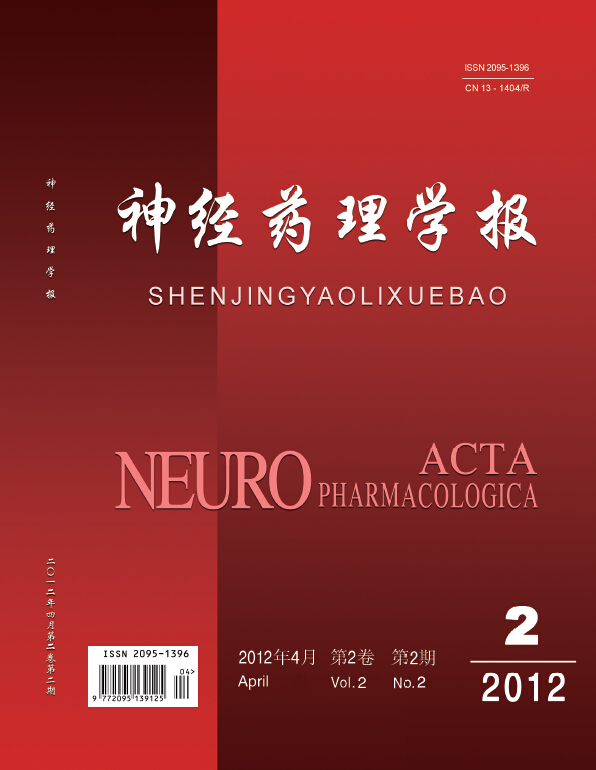|
|
The Experimental Study of Susceptibility Weighted Imaging and Diffusion Weighted Imaging in the Blast Injury to the Rabbits Brain at 3.0T MRI
WU Peng, LU Guo-shi, HAN Feng, XU Ke-ning, WANG Hai-chen
2012, 2 (2):
21-28.
Objective:To establish a reliable model of craniocerebral injury by shock wave for experimental study. The goal was to assess the diagnostic and the prognosis value of Susceptibility weighted imaging (SWI) and Diffusion Weighted Imaging (DWI) to prophase bleeding lesion and no bleeding lesion injury. Methods: Thirty rabbits underwent blast injury and then routine CT、MRI ,SWI,DWI scanning were conducted. Functo2 technology was used to conduct quantitative analysis of region of interest. Pathological examination was followed to compare against the SWI,DWI imaging data. Results: CT,T1WI and T2WI showed no abnormality on the encephalon in 6 of the 30 rabbits. SWI imaging identified signal hypointensity at punctiform (319/42.7%), small lamellar(124/16.6%), plaque(61/8.1%), lamellar (35/4.7%) and linar (208/27.8%). DWI imaging showed hypointensity at small lamellar(54/28.6%),plaque(102/54.0%) and lamellar (33/17.5%), and detected more bleeding lesions than others subsequences(χ2= 10.00, P<0.01). DWI imaging detected more no-hemorrhagic focus than routine T1WI and T2WI (χ2= 10.01, P<0.01). There was a linear correlation between dispersion coefficient (ADC) value decrease and the survival time of the rabbits(r=0.53,p=0.05).Conclusion: SWI can detect more delitescent prophase bleeding, DWI imaging can significantly improve the detection for no bleeding lesions especially small lamellar no bleeding lesions. The ADC values.
References |
Related Articles |
Metrics
|

